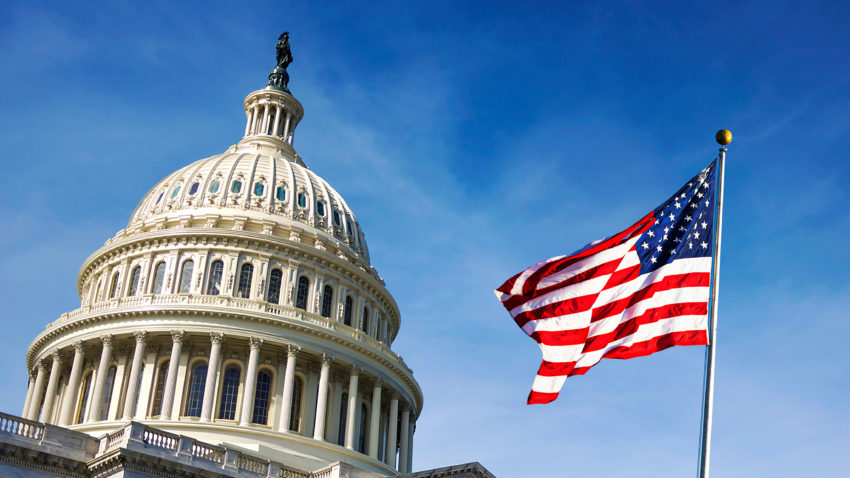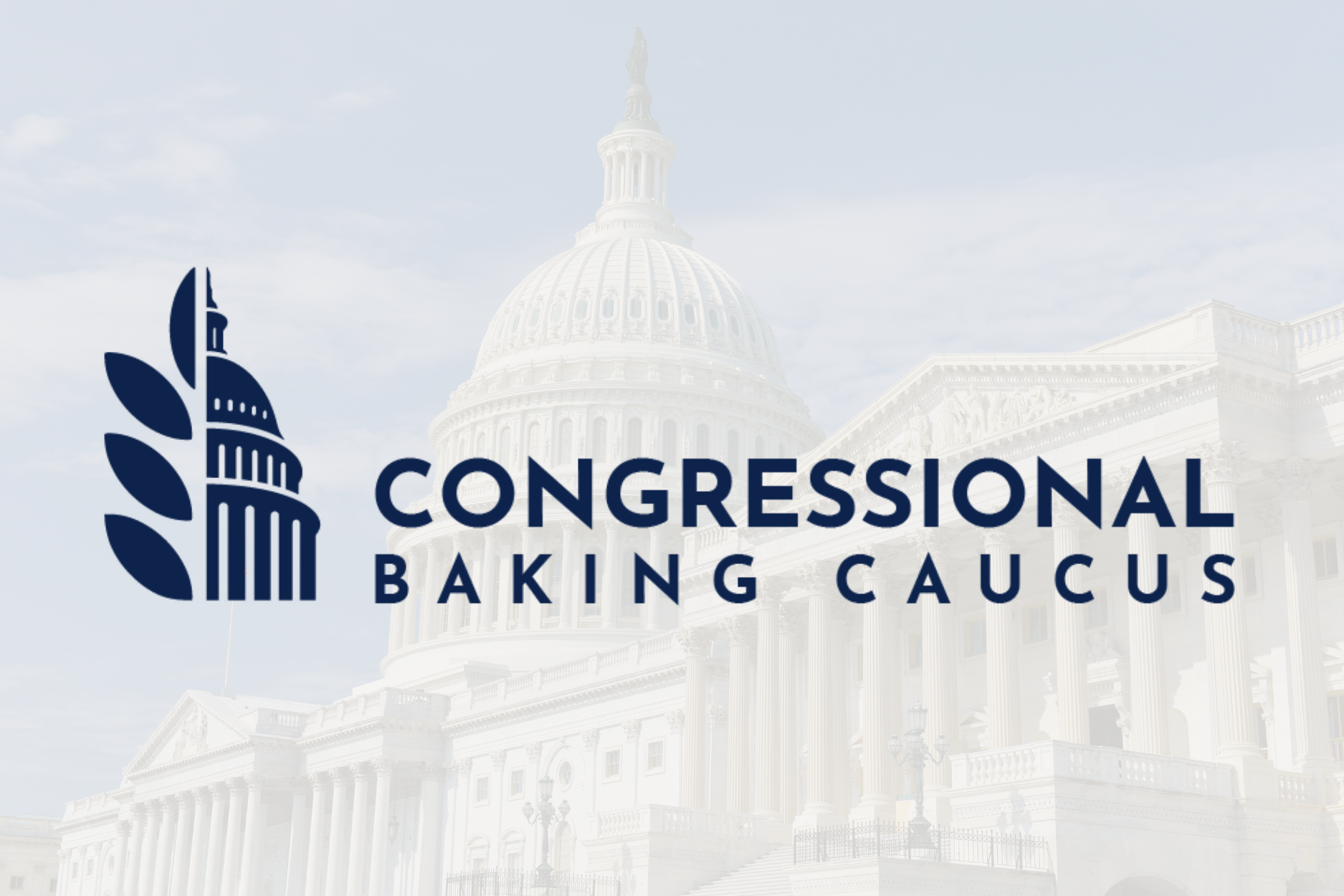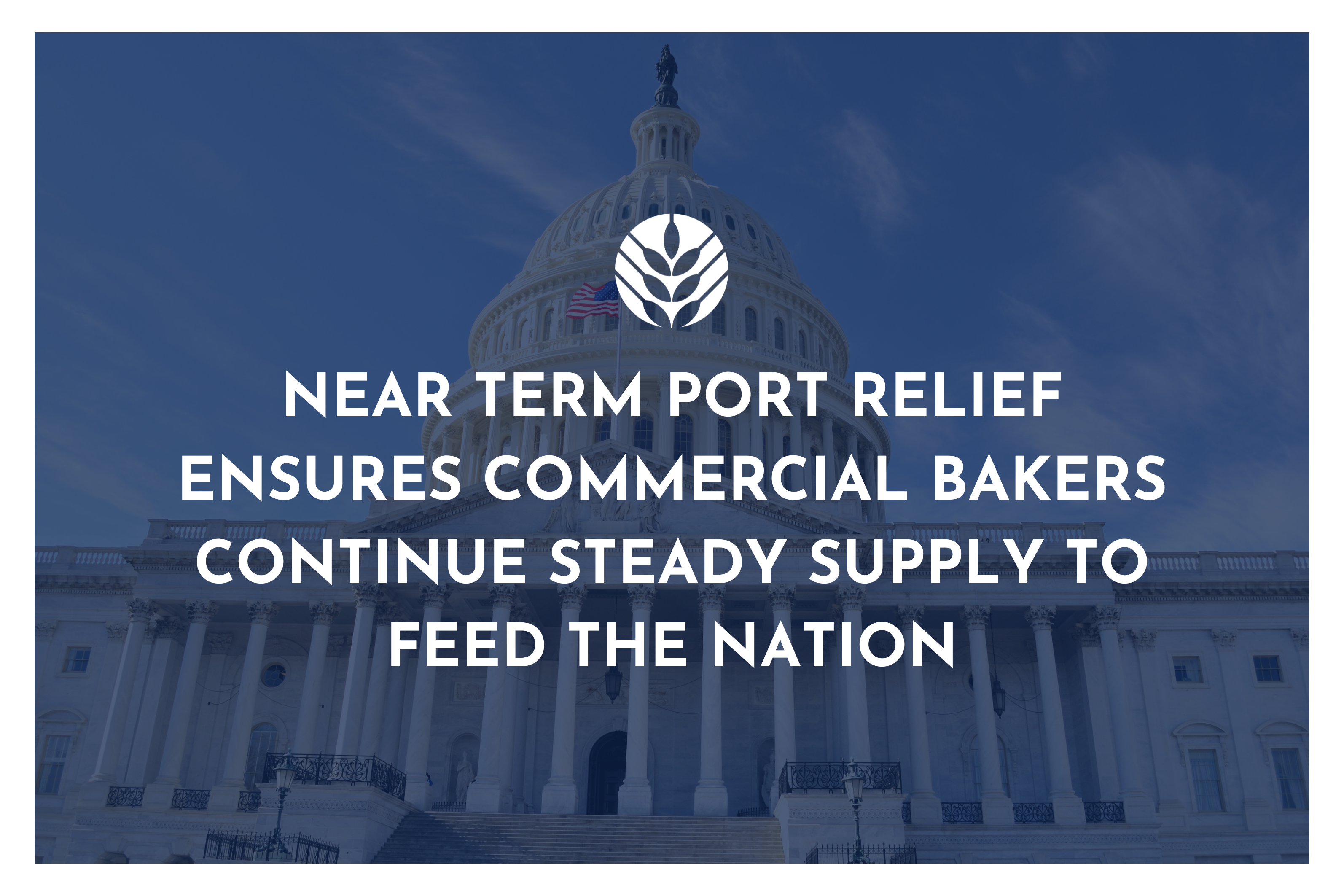On March 27, 2020, the House of Representatives passed the “Coronavirus Aid, Relief, and Economic Security Act” (CARES Act). The Senate had already passed the bill late Wednesday night, which means the stimulus package now goes to the President’s desk for his signature. The $2 trillion package is far-reaching in lawmakers’ attempts to mitigate the economic hardship that the coronavirus outbreak has inflicted. The bill includes the following provisions for businesses:
- $500 billion in corporate aid for ailing large industries
- $349 billion in forgivable small business loans
- Tax credit for businesses keeping idled workers on payroll, up to $5,000 per worker
Small business loans apply to businesses with less than 500 employees and are set at a maximum of $10 million. Expected loan amounts depend on the size of an employer’s payroll, but are intended to cover two and a half months of payroll costs. Loans can be used to fund salaries, employee benefits, interest payments, rents, etc. and can be forgiven, effectively turning these loans into grants. Restrictions on reducing employee headcount and pay levels apply in order to receive full loan forgiveness.
Certain benefits, such as the employee retention tax credit, are not applicable if SBA loans are sought. Because of this, individual businesses should conduct their own analysis to determine the best course of action in redeeming aid. ABA will continue to disseminate information pertaining to direct aid funded by the government.
Aid is not solely directed toward business, some other highlights of the bill are below:
- Direct cash payments – $1,200 to those making up to $75k, $2,400 for married couples
- Unemployment benefits – extra $600 per week for up to four months
- $100 billion in hospital grants, plus an increase in Medicare payments to facilities
- $29 billion in grants, $29 billion in loans and guarantees, and temporary tax relief
- $150 billion for state and local governments ($8 billion for local)



